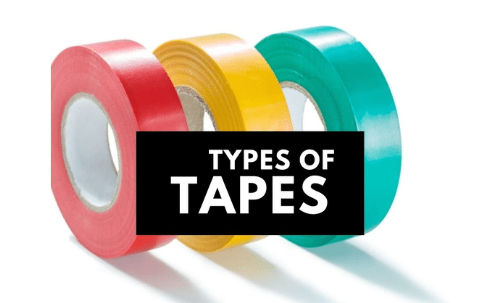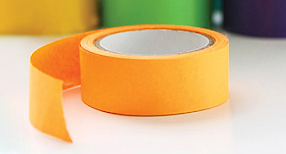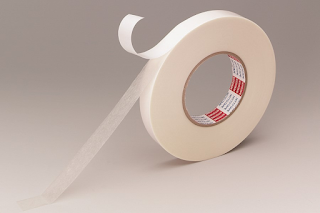What are tapes, and how many kinds are there?
Tape is one of the most adaptable tools in any toolbox, and the fact that it comes in so many varieties just adds to its portability and versatility. Tapes may be used to secure cardboard products, make labels and marks, and even heal open wounds. It's versatile.
It's a good idea to familiarise yourself with all the different kinds of sticky tape that are available there. Finding the correct tape for a certain task is easier if you know what kind of tape to use for what use.
For masking purposes, a single-piece backing is coiled around itself, which retains an adhesive on one side of the backing. While surface treatments are taking place, masking tape is placed on any surfaces that the operator wishes to preserve in their current state.
Hot Melt Tape
Packaging Tape
Regardless of the method of adherence, packaging tape functions reliably. Storage containers' seams and joints are taped using packaging tapes to maintain a tolerance that keeps goods contained inside the container's confines. There are several uses for packaging tape, such as securing the seams of boxes in package delivery; sealing the lids of bottles; preventing tampering with pill and food containers; combining objects of similar form into one bigger footprint, and enclosing things in a protective layer or liner.
Duct Tape
If you're making anything for Halloween or need to find something in the dark, a special kind of duct tape that illuminates will come in handy. Additionally, there's double-sided duct tape, which has an adhesive coating on both sides.
When it comes to sealing, fixing holes, packing boxes, and repairs, duct tape has become a versatile tool. D-tape has a good surface adhesion on a variety of different indoor and outdoor materials including wood and stone.
Transparent Tape
Unlike duct tape and gaffer tape, transparent tape is not suited for heavy-duty applications. To keep a book's binding from coming undone from repeated openings and closings, it's often used to bind or combine sheets of paper, fix the ripped paper, and put broken pages back together.
Double-Sided Tape
For securing distinct items together, double-sided tape is one of the most popular options since it is completely hidden between the objects. To fix a piece of paper on a wall, you may use this tape, and the tape will be hidden beneath the piece of paper.
Water-Activated Tape
Water-activated tape outperforms its plastic counterparts in both strength and environmental friendliness. Plastic tapes are pressure-sensitive and puncture-prone, creating a danger of tape damage during transport. Contrary to this, the water-activated tape is strengthened, making it difficult to pierce and hard to shred, and it sticks to any surface with the strength of the glue.
Manufacturer of Water Activated Tape, Hot Melt Taps, Acrylic Tapes, Packaging Tapes, Transparent Tape, Masking Tape, Duct Tape, & Industrial Tape from Plantation, USA. If you want to get more information about that click here: coolocean123.com







Comments